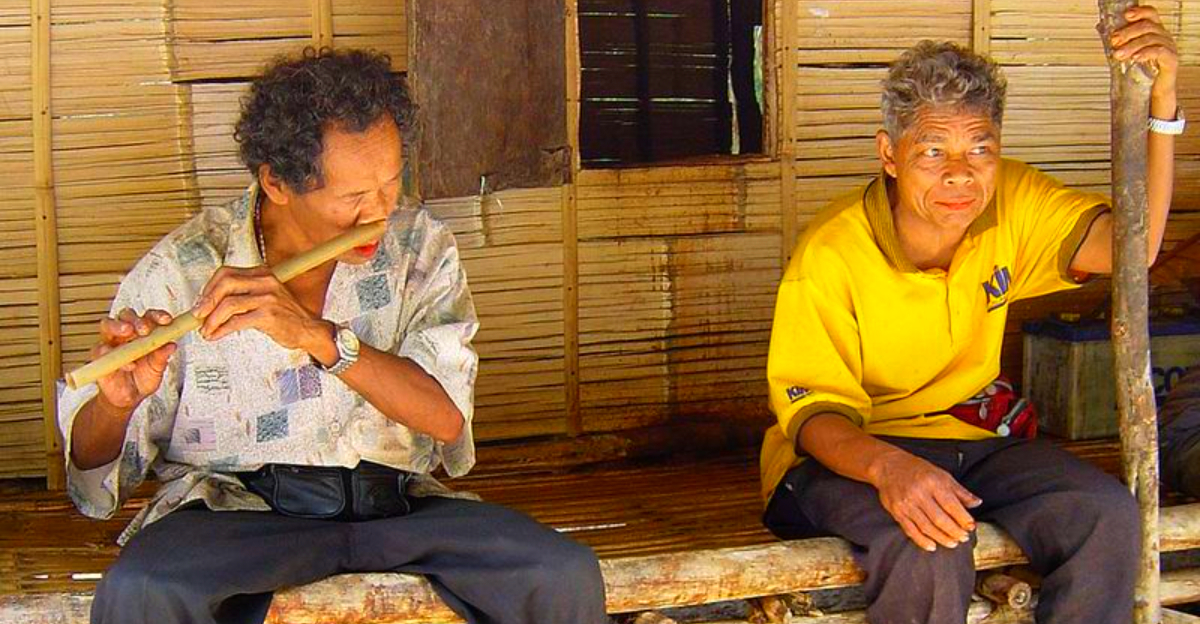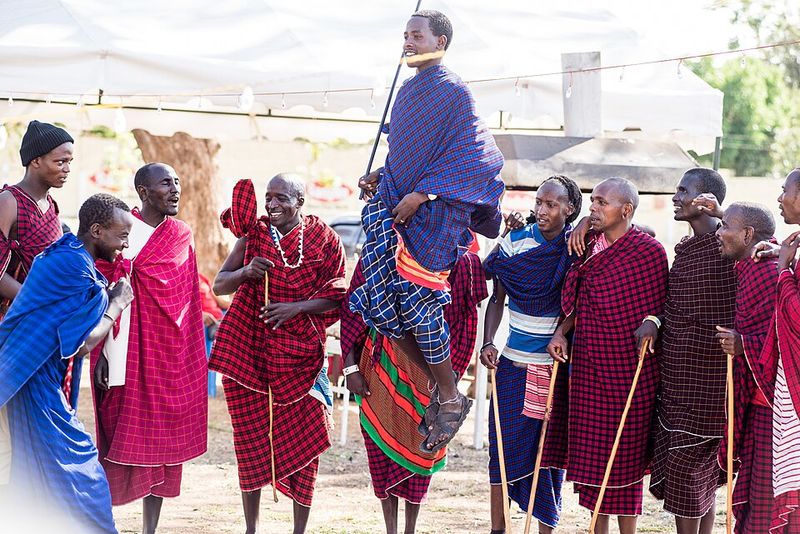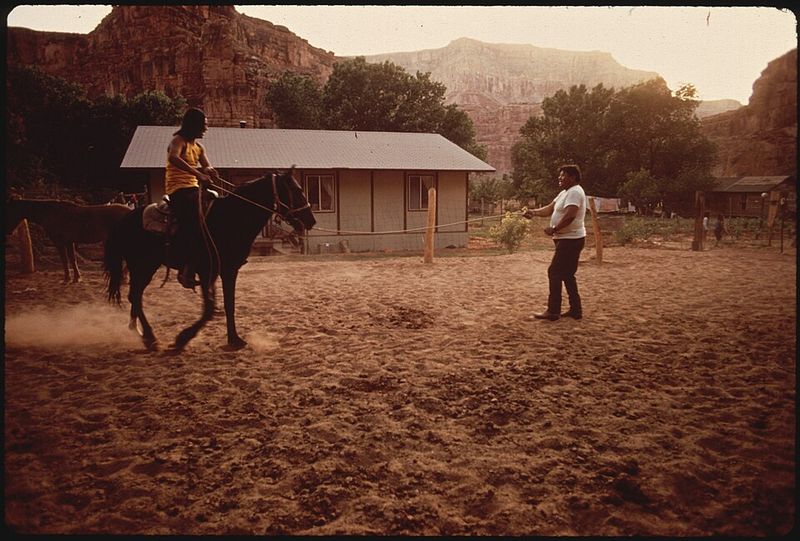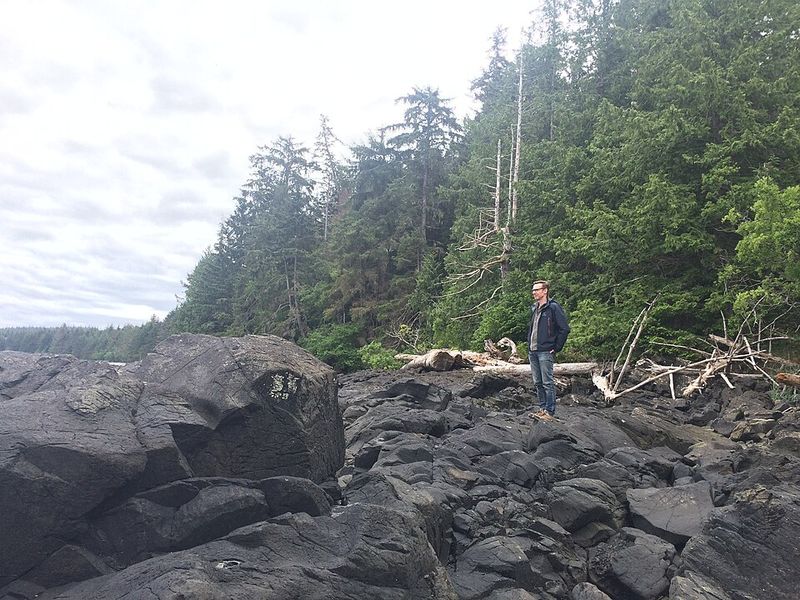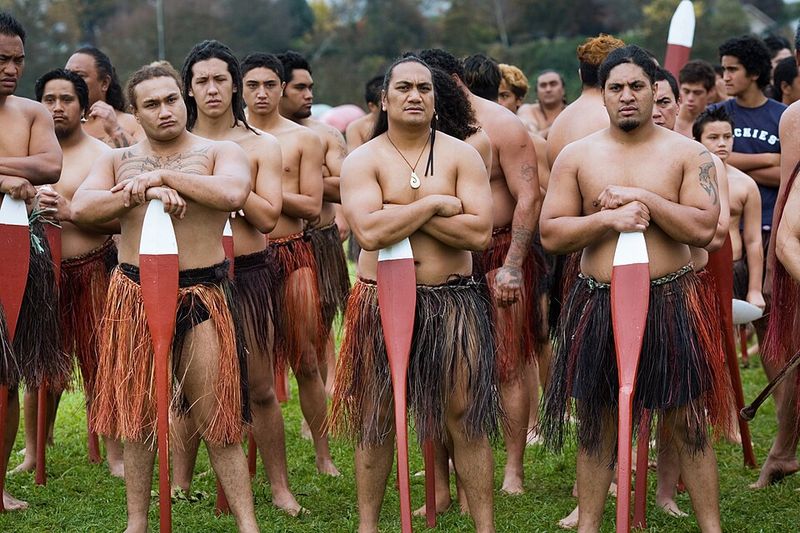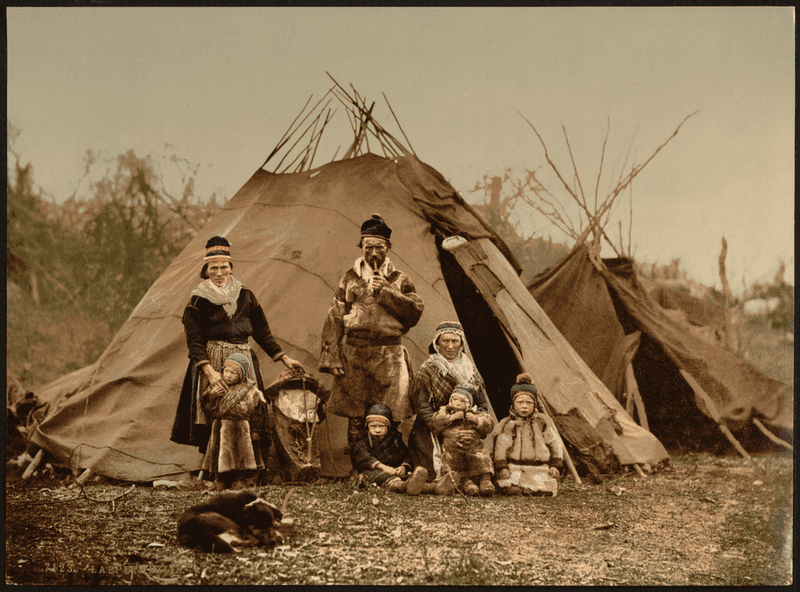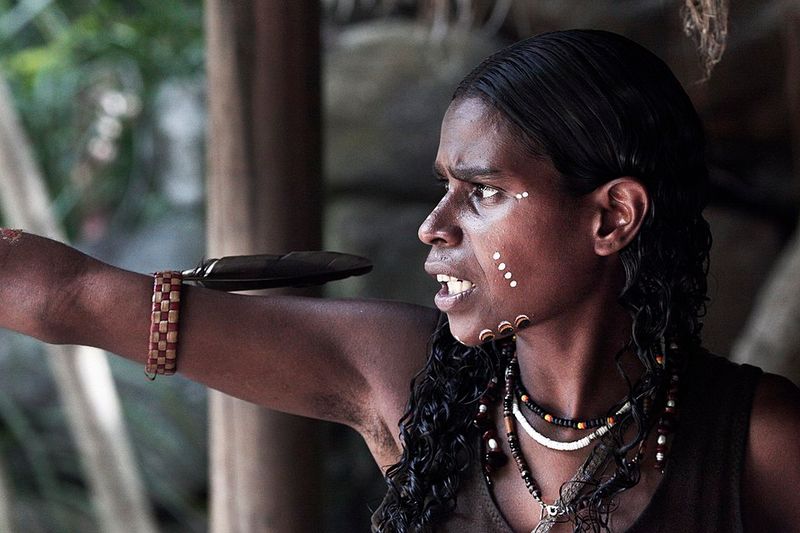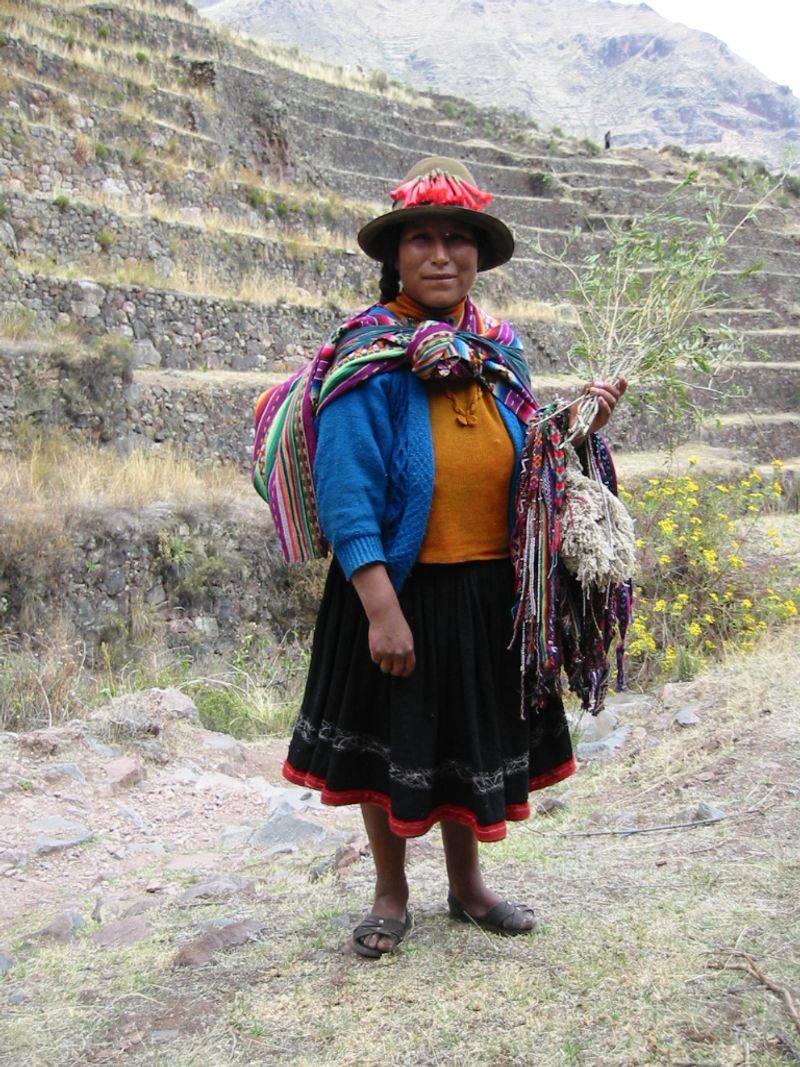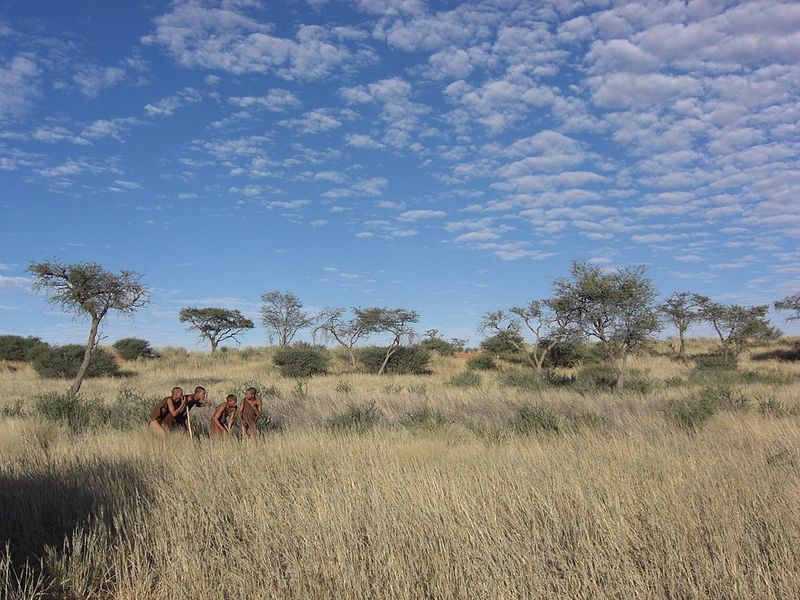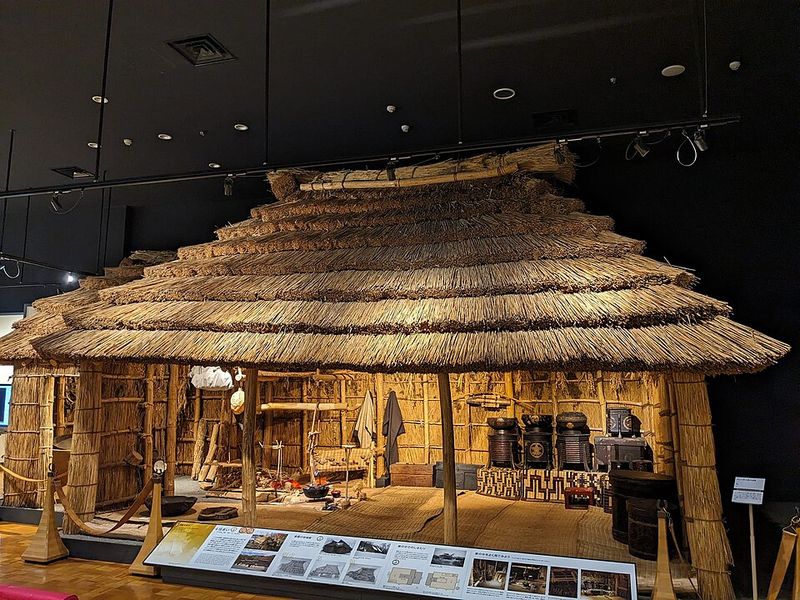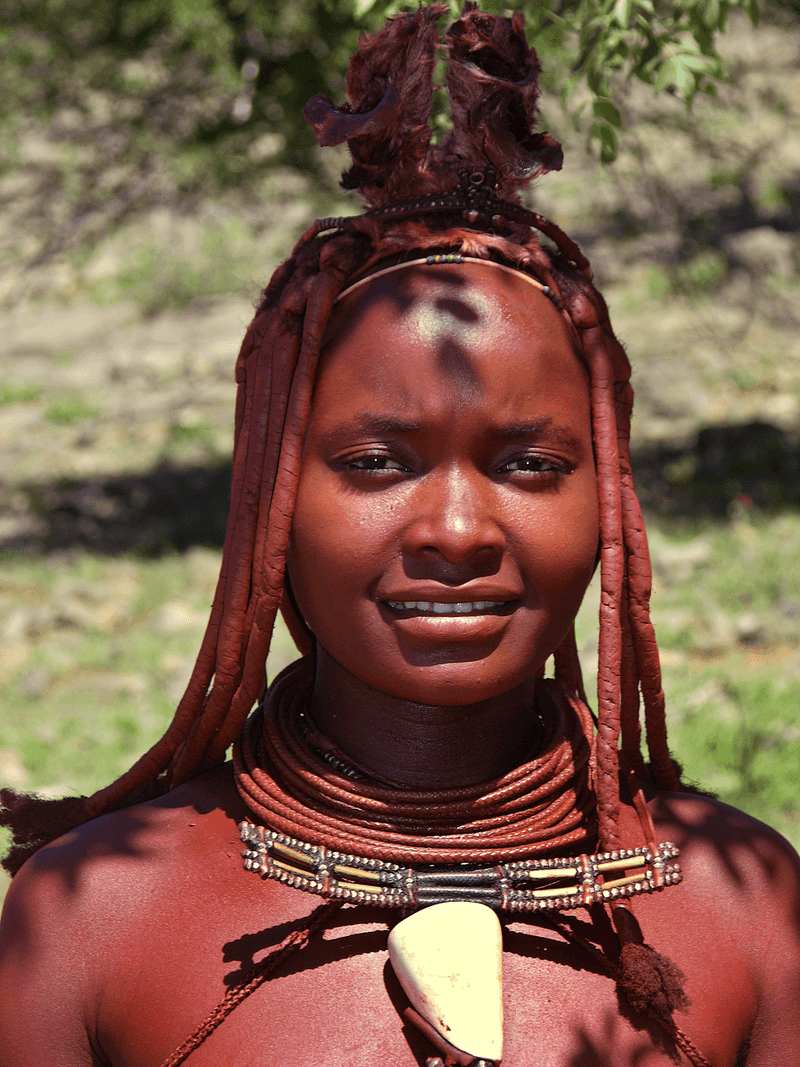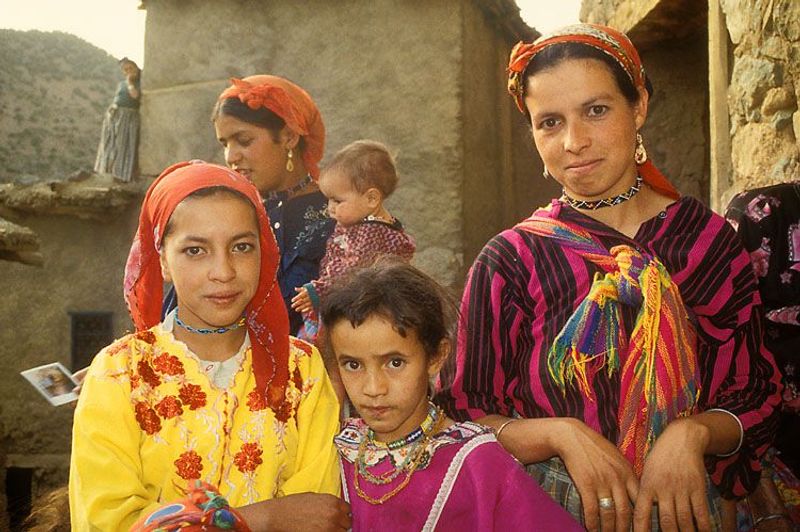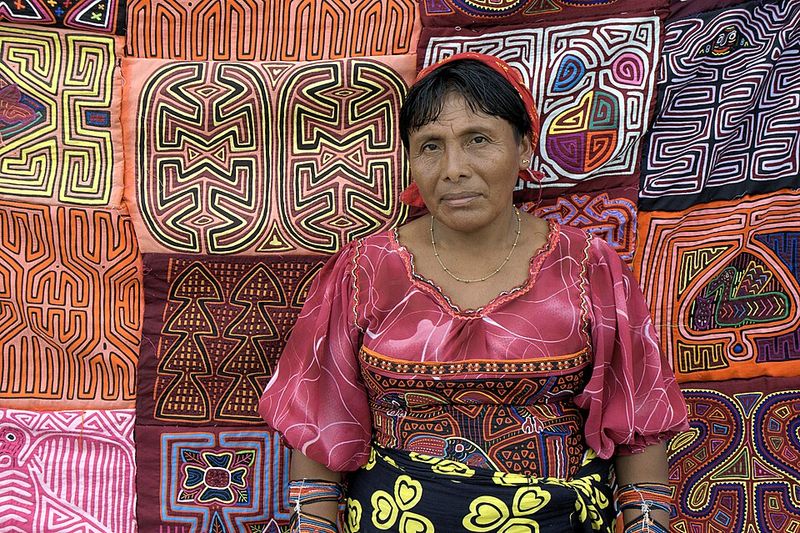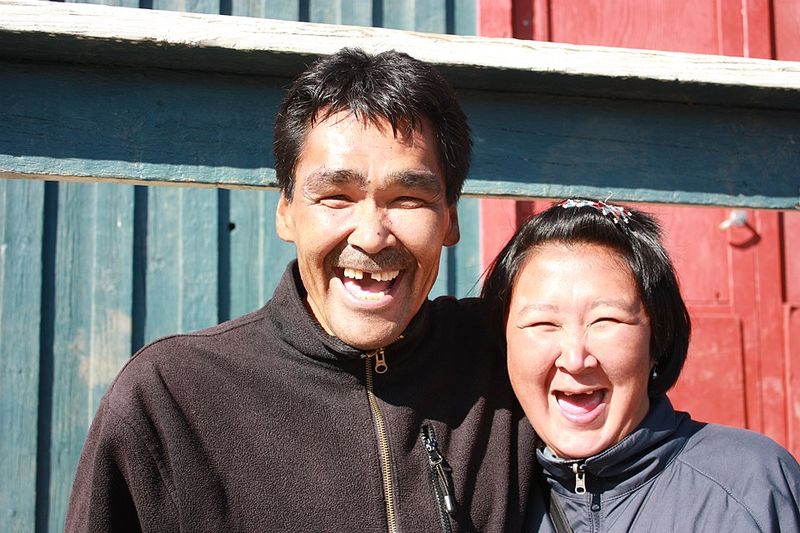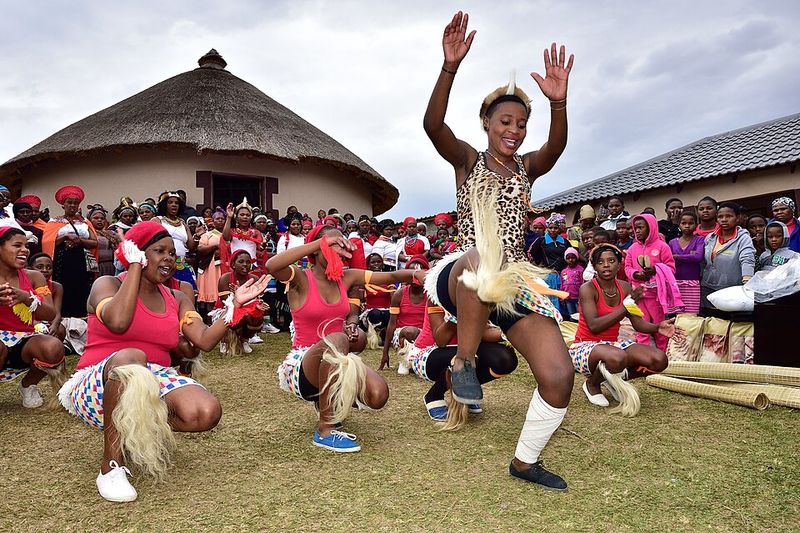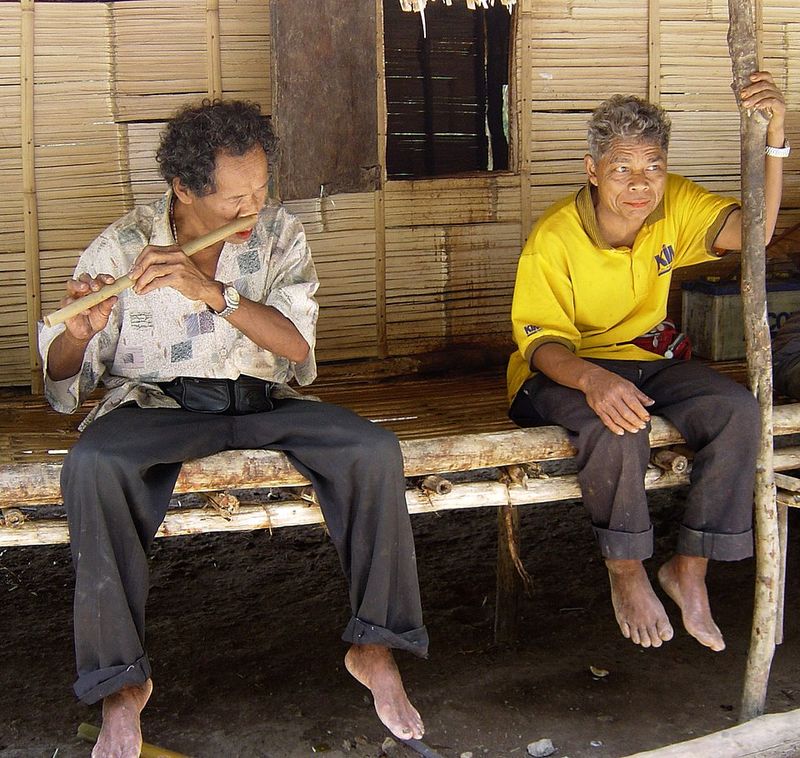Indigenous cultures are the heartbeat of humanity’s oldest traditions – rooted in deep connections to land, community, and spirituality. Around the world, travelers can respectfully experience these living heritages through guided encounters, storytelling, and art that preserve ancient wisdom while embracing modern life.
1. The Maasai of Kenya and Tanzania
With vibrant red shúkà and intricate beadwork, the Maasai of East Africa are easily recognizable. These semi-nomadic people have a deep connection to the land, symbolized by their pastoral lifestyle and warrior traditions.
Visitors can explore Maasai villages near Amboseli or the Ngorongoro Conservation Area. Here, community-led tours provide insight into their daily life and ensure tourism benefits the Maasai directly.
Learn about the significance of age-old rituals and enjoy their famous jumping dance. Engaging with the Maasai offers a profound understanding of resilience and cultural pride.
2. The Navajo Nation, United States
Spanning Arizona, Utah, and New Mexico, the Navajo Nation is the largest Indigenous territory in the U.S. Known for their traditional weaving, the Navajo maintain a rich artistic legacy.
Visitors can join a guided tour in Monument Valley, where stories from elders provide depth to the breathtaking landscape. Attending a powwow is another way to experience their vibrant culture.
Such encounters reveal the Navajo’s deep-rooted connection to their ancestral land and spiritual traditions. It’s an opportunity to witness resilience and continuity in a unique cultural setting.
3. The First Nations of British Columbia, Canada
In the majestic landscapes of British Columbia, the First Nations communities offer a gateway to understanding their profound connection to nature. Haida Gwaii and the Great Bear Rainforest stand as guardians of ancient wisdom.
Engage with totem pole carvers or attend storytelling nights to delve into Haida and Tlingit culture. The architectural beauty of longhouses echoes their deep spiritual beliefs.
These experiences underscore the importance of preserving both the cultural heritage and the ecosystems they call home. It’s a journey into the heart of Indigenous resilience and creativity.
4. The Māori of New Zealand
In New Zealand, the Māori people greet you with powerful traditions of song, carving, and haka. The marae, or meeting ground, is central to Māori life, offering a welcoming space for visitors.
In places like Rotorua or Northland, cultural performances and workshops reveal the depth of Māori artistry. Te Puia, a cultural center, showcases geothermal wonders alongside ancient arts.
These encounters highlight the Māori’s enduring connection to their land and history. Visitors leave with a deep appreciation for their unique cultural identity and vibrant spirit.
5. The Sami of Northern Scandinavia
Europe’s only recognized Indigenous people, the Sami, are renowned for their reindeer herding and vibrant culture, spread across Norway, Sweden, Finland, and Russia.
In towns like Karasjok or Jokkmokk, visitors can experience joik singing and crafts like duodji, especially during the Sami Winter Market. The Sami’s relationship with the Arctic landscape is profound.
This connection is evident in their sustainable practices and cultural events. A visit offers insight into the delicate balance between tradition and modernity in a changing world.
6. The Aboriginal Peoples of Australia
From the Anangu of Uluru to the rock art of Kakadu, Australia offers a wealth of Aboriginal experiences. These ancient cultures weave stories of the Dreamtime across the land.
Guided by local custodians, visitors can walk through sacred landscapes and learn about ancient survival techniques. The spiritual connection to the land is evident in every step.
Such journeys deepen understanding of Aboriginal traditions and their resilience. These experiences are about more than viewing art; they are about connecting with wisdom that has endured for millennia.
7. The Quechua of the Andes, Peru
Nestled in the Andes, the Quechua people are descendants of the Inca Empire, preserving vibrant traditions around Cusco and the Sacred Valley. Their weaving and ceremonies offer a glimpse into Andean life.
Visitors can participate in workshops or join community treks, experiencing the world through Indigenous eyes. The Quechua’s relationship with their environment is vital and profound.
Exploring these communities reveals a harmonious balance between tradition and innovation. It’s a chance to appreciate their enduring cultural heritage and the wisdom passed through generations.
8. The San (Bushmen) of Botswana and Namibia
Among the world’s oldest continuous cultures, the San or Bushmen offer a rich tapestry of survival skills and storytelling in the Kalahari Desert. Their knowledge of tracking and foraging is unparalleled.
Visitors can join San guides to learn ancient hunting techniques and hear stories that echo through time. The desert landscape enriches this profound experience.
Such encounters emphasize the San’s enduring connection to their environment and cultural resilience. It’s an opportunity to witness the elegance of simplicity and the depth of tradition.
9. The Ainu of Hokkaido, Japan
In Japan, the Ainu people of Hokkaido have revived traditions once suppressed, sharing their unique culture with pride. Dances, wood carvings, and embroidery reflect their rich heritage.
The Upopoy National Ainu Museum and Park offers a window into Ainu life with interactive exhibits and performances. Language and cultural practices are preserved with dignity and grace.
Visitors can delve into a world of resilient artistry and deep spirituality. It’s a journey into understanding a culture that has fought to thrive in modern Japan.
10. The Himba of Namibia
Renowned for their unique appearance, the Himba people of Namibia live along the Kunene River, preserving a matrilineal culture and cattle-centered economy.
Visitors can explore Himba villages with local guides, learning about their deep spiritual connection to the land. Their traditions are a testament to cultural perseverance.
The ochre that adorns their skin and hair is symbolic of their identity. Engaging with the Himba offers insight into a community that thrives on resilience and tradition.
11. The Berbers (Amazigh) of Morocco
From the Atlas Mountains to the Sahara, the Berbers or Amazigh people embody resilience and hospitality. Their language, music, and weaving traditions predate Arab influence.
Visitors can stay in kasbahs or desert camps to experience authentic Amazigh life. The intricate designs of Berber textiles tell stories of ancient lineage.
These cultural encounters reveal a people deeply connected to their history and environment. It’s a journey into a world where traditions are cherished and celebrated.
12. The Kuna (Guna) of Panama
In the San Blas Islands, the Kuna people maintain a vibrant culture and autonomy. Known for colorful mola textiles, their artistic expression is both unique and significant.
Visitors can stay in locally owned huts and engage with the community, learning about their fight to preserve land and identity. The Kuna’s connection to their islands is profound.
This experience highlights the power of cultural preservation and self-governance. It’s a window into a society that balances tradition with the challenges of modernity.
13. The Inuit of Greenland
Greenland’s Inuit communities, in places like Ilulissat and Nuuk, embody a culture intertwined with the Arctic environment. Hunting, kayaking, and Arctic art are integral parts of daily life.
Visitors can explore museums and cultural centers that highlight traditional knowledge and modern sustainability. The Inuit’s resilience is reflected in their adaptability.
Experiencing Inuit life offers a glimpse into a world where tradition and innovation coexist. It’s a testament to human endurance and cultural richness in a challenging landscape.
14. The Zulu of South Africa
In KwaZulu-Natal, Zulu heritage is alive with vibrant ceremonies and traditional dance. The Zulu people have a storied history of resistance and cultural pride.
Visitors can partake in beadwork workshops and engage in historical tours that offer context and depth. The rhythm of Zulu life is both dynamic and deeply rooted.
These experiences reveal a culture that celebrates its past while embracing the future. It’s a journey into the heart of a people known for their strength and resilience.
15. The Orang Asli of Malaysia
Malaysia’s Orang Asli, or “original people,” live in forest communities across the Malay Peninsula, preserving traditional knowledge amidst modern challenges.
Eco-tours in Taman Negara or Cameron Highlands introduce visitors to traditional medicine and bamboo crafts, led by Indigenous guides. Their connection to the forest is profound.
These experiences emphasize conservation efforts and cultural survival. Engaging with the Orang Asli offers a perspective on living harmoniously with nature and preserving a rich cultural legacy.
